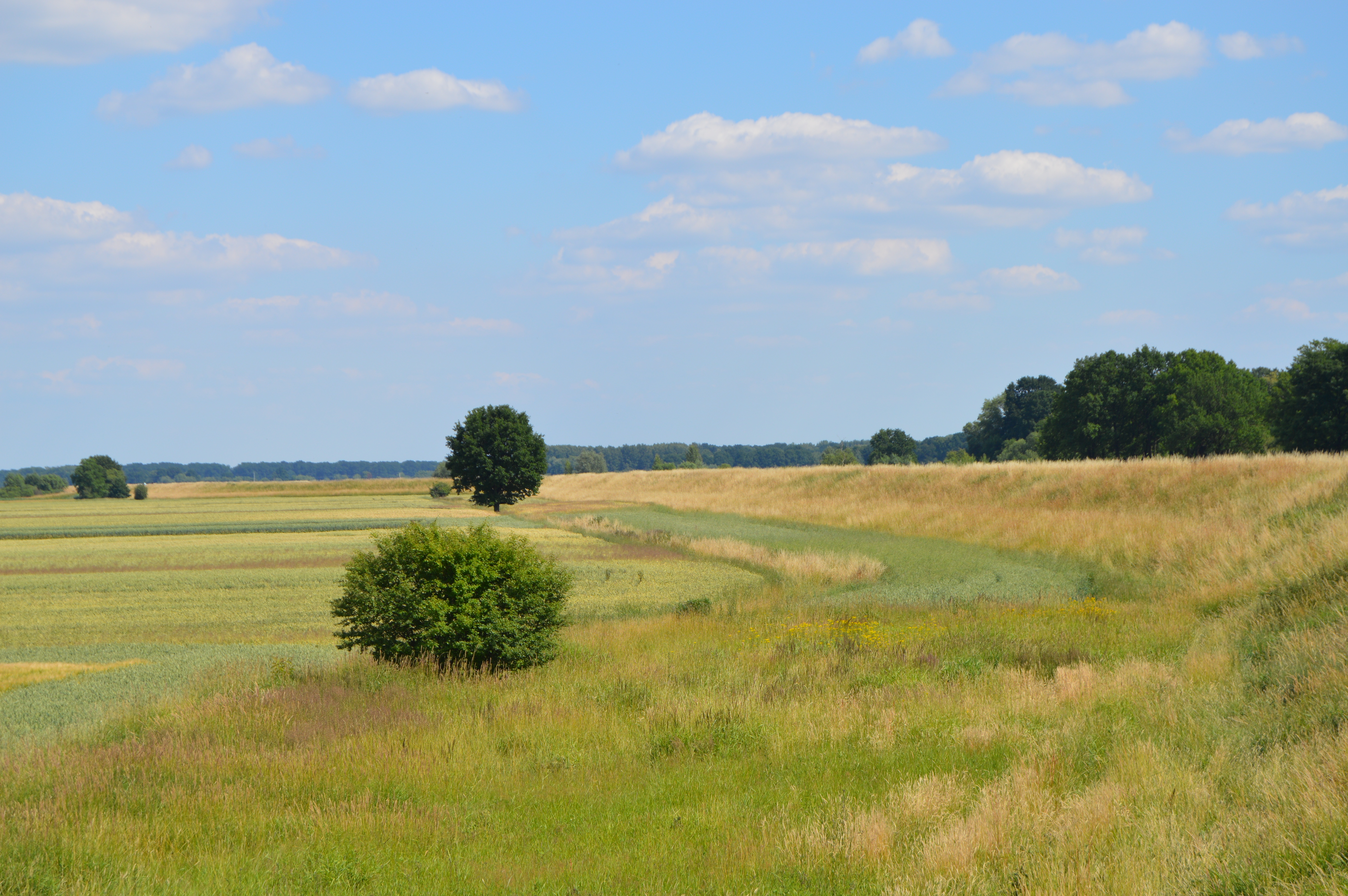|
Friedrich Wilhelm Leopold Konstantin Quirin Freiherr Von Forcade De Biaix
Friedrich Wilhelm Leopold Konstantin Quirin Freiherr von Forcade de Biaix, aka ''Friedrich Wilhelm Leopold Konstantin Quirin von Forcade de Biaix'',Zedlitz-Neukirch, Band 4, Page 39(in German)/ref>Blažek, Part 3, pp. 131–13(in German)/ref> Herr of Schleibitz, Hamm, Groß-Naedlitz and Loslau, aka the ''Baron von Forcade'', ( – ),Zedlitz-Neukirch, Band 2, Page 18(in German)/ref> Royal Prussian Major, Knight of the Iron Cross 2nd Class1839 Handbuch über den Königlich Preußischen Hof, Page 1(in German)/ref> on 26 August 1813, knighted by His Majesty Frederick William III of Prussia as Knight of the Order of Saint John (Bailiwick of Brandenburg) (''Balley Brandenburg des Ritterlichen Ordens Sankt Johannis vom Spital zu Jerusalem'') in 1817, Royal Prussian Chamberlain (''Kammerherr'') and Castellan (''Drost'') of Neuenrade in the County of Mark, after his father's death in 1808. He was also a publisher, author, and theater director. Military career Born in Br ... [...More Info...] [...Related Items...] OR: [Wikipedia] [Google] [Baidu] |
Brzeg
Brzeg (; Latin: ''Alta Ripa'', German: ''Brieg'', Silesian German: ''Brigg'', , ) is a town in southwestern Poland with 34,778 inhabitants (December 2021) and the capital of Brzeg County. It is situated in Silesia in the Opole Voivodeship on the left bank of the Oder river. The town of Brzeg was first mentioned as a trading and fishing settlement in the year 1234. In 1248, Silesian Duke Henry III the White granted the settlement Magdeburg town rights and by the late 13th century the city became fortified. Sometimes referred to as “the garden town”, the town's size greatly expanded after the construction of dwelling houses which were located on the city outskirts. From the early 14th to late 17th centuries, the town was ruled by the Piast dynasty as fiefs of the Bohemian Crown within the Holy Roman Empire. Later, as the result of the Silesian Wars, the town became Prussian. After the border shifts of 1945, the town's German populace was expelled and the town became part of P ... [...More Info...] [...Related Items...] OR: [Wikipedia] [Google] [Baidu] |
Iron Cross
The Iron Cross (german: link=no, Eisernes Kreuz, , abbreviated EK) was a military decoration in the Kingdom of Prussia, and later in the German Empire (1871–1918) and Nazi Germany (1933–1945). King Frederick William III of Prussia established it on 17 March 1813 during the Napoleonic Wars (EK 1813). The award was backdated to the birthday (10 March) of his late wife, Queen Louise. Louise was the first person to receive this decoration (posthumously). Recommissioned Iron Cross was also awarded during the Franco-Prussian War (EK 1870), World War I (EK 1914), and World War II (EK 1939). During the 1930s and World War II, the Nazi regime superimposed a swastika on the traditional medal. The Iron Cross was usually a military decoration only, though there were instances awarded to civilians for performing military functions, including Hanna Reitsch, who received the Iron Cross, 2nd class, and Iron Cross, 1st Class, and Melitta Schenk Gräfin von Stauffenberg, who received ... [...More Info...] [...Related Items...] OR: [Wikipedia] [Google] [Baidu] |
Battle Of Quatre Bras
The Battle of Quatre Bras was fought on 16 June 1815, as a preliminary engagement to the decisive Battle of Waterloo that occurred two days later. The battle took place near the strategic crossroads of Quatre Bras and was contested between elements of the Duke of Wellington's Anglo-allied army and the left wing of Napoleon Bonaparte's French ''Armée du Nord'' under Marshal Michel Ney. The battle was a tactical victory for Wellington (as he possessed the field at dusk), but because Ney prevented him going to the aid of Blucher's Prussians who were fighting a larger French army under the command of Napoleon Bonaparte at Ligny it was a strategic victory for the French. Prelude Facing two armies (Wellington's arriving from the west and the Prussians under Field Marshall von Blücher from the east), Napoleon's overall strategy was to defeat each in turn, before these forces could join. Napoleon intended to cross the border into what is now Belgium (but was then part of the Uni ... [...More Info...] [...Related Items...] OR: [Wikipedia] [Google] [Baidu] |
Waterloo Campaign, 8–15 June
The Waterloo campaign commenced with a pre-emptive attack by the French Army of the North under the command of Napoleon Bonaparte. The first elements of the Army of the North moved from their peacetime depots on 8 June to their rendezvous point just on the French side of the Franco-Belgian border. They launched a pre-emptive attack on the two Coalition armies that were cantoned in Belgium—the Anglo-allied army under the command of the Duke of Wellington, and a Prussian army under the command of Prince Blücher. Hostilities commenced shortly after the French advanced guard crossed the border and encountered the first Coalition outposts manned by soldiers of the Prussian I Corps ( Zieten's) around 03:30 on 15 June. For the rest of the day the I Corps engaged in a fighting retreat against the overwhelming force of the French Army of the North. By midnight of 15/16 June the French had advanced north and through Charleroi and in doing so successfully crossed the river Sambre, th ... [...More Info...] [...Related Items...] OR: [Wikipedia] [Google] [Baidu] |


